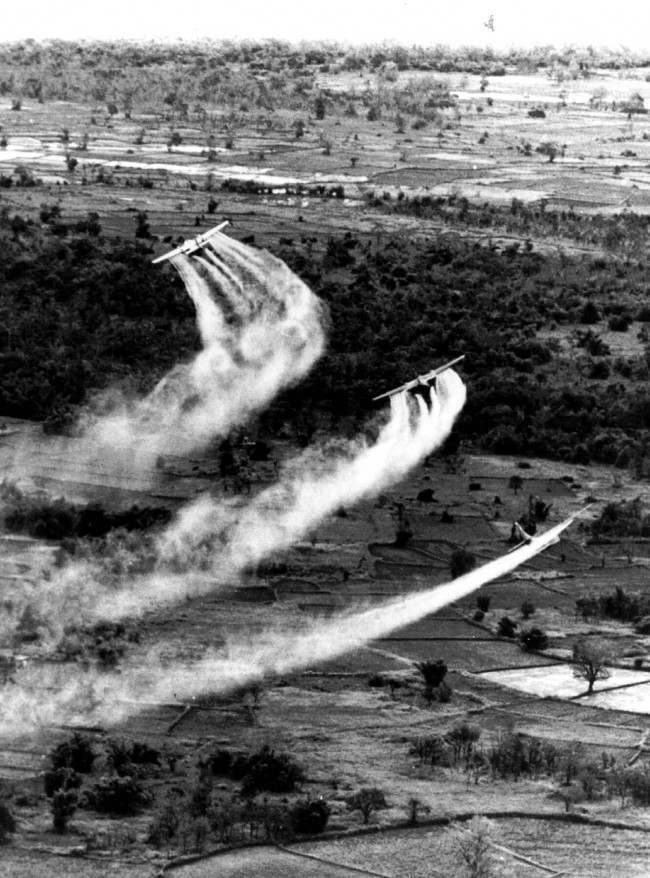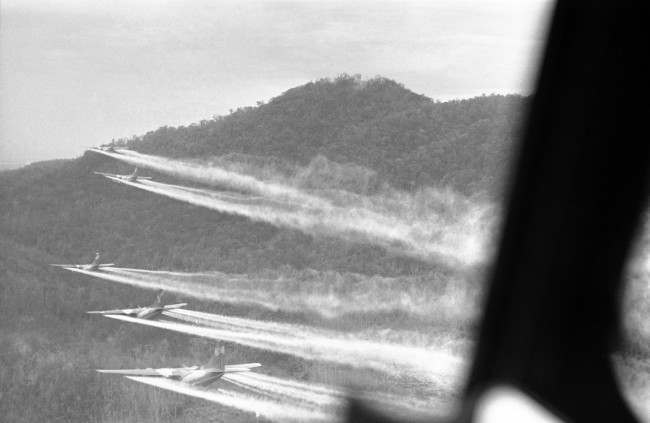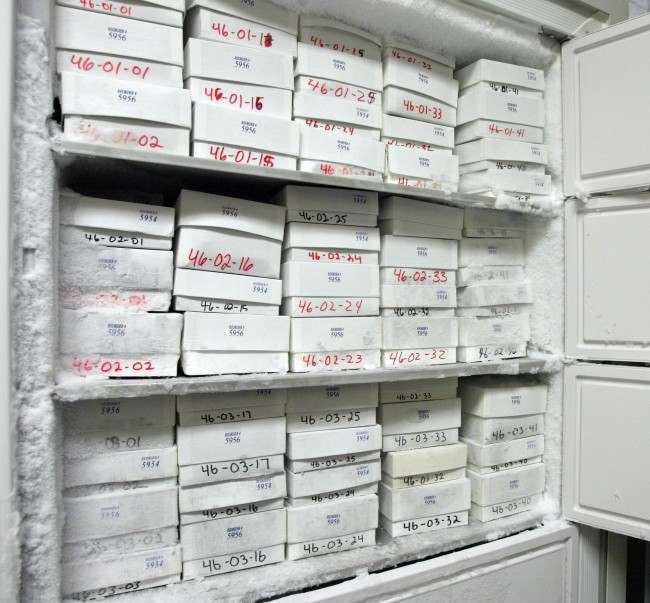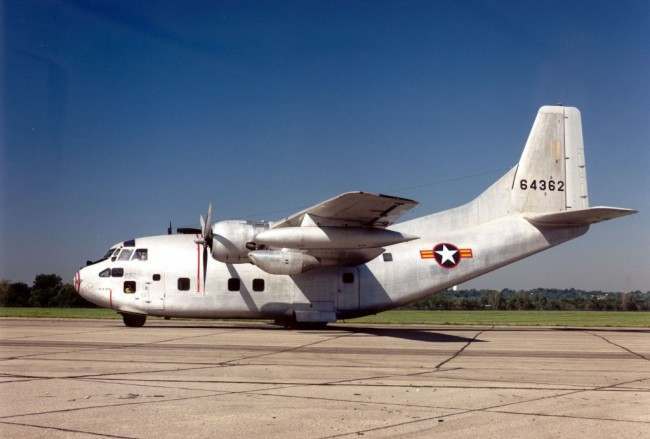Posts Tagged ‘agent orange’
Did Agent Orange Poison US Military As It Did Vietnamese? Yes

U.S. Air Force planes spray the defoliant chemical Agent Orange over dense vegetation in South Vietnam in this 1966 photo.
DID Agent Orange hurt Americans who looked after C-123 transport planes that spread the defoliant long after the Vietnam War ended? Yes.

Flying a bare 100 feet above the jungle hills west of Hue, 5 bulky C-123 providers cut loose with a spray of chemical defoliant on August 14, 1968. The planes are flown by U.S. air force crews who have nicknamed themselves the r’anch hands’. The chemicals used burn off heavy foliage hiding enemy infiltrations routes and base camps. So far in Vietnam more than 4 million acres have been sprayed with the defoliant and plans call for new target areas to match the increased infiltration of North Vietnamese in to the south. The aircraft are specially equipped with huge 1,000 gallon tanks holding 11,000 lbs. of herbicide. To hit their target areas they fly barely above the tree tops and in tight formation. In particularly dangerous areas they are provided with fighter-bomber escorts.

Frozen blood, serum and urine samples are shown stored in freezers at Brooks City Base in San Antonio, Texas, Wednesday, June 6, 2007. Thousands of small white boxes containing samples of blood, serum and urine are all that remain of a 25-year, $143 million program to find out if the herbicide Agent Orange made Vietnam War veterans sick.
The Washington Post:
And many of the troops who served in the conflict have been compensated for diseases associated with their exposure to the toxic defoliant.
But after the war, some of the planes were used on cargo missions in the United States. Now a bitter fight has sprung up over whether those in the military who worked, ate and slept in the planes after the war should also be compensated.

A new study published in the journal Environmental Research reveals that Air Force reservists were exposed to higher levels of the toxic chemical than previously known (or
admitted). Many of the same aircraft that dispersed Agent Orange during the war were later used as transport vehicles during (relative) peacetime, primarily between the years 1971 and 1982. And tests taken many years after those transports show the planes still contained dangerous levels of the chemical. Initial testing of the planes after the war and before peacetime service was nonexistent.
The US Air Force and Department of Veterans Affairs have previously denied benefits to those exposed to the chemical from these planes, claiming it wasn’t a harmful level of exposure. Researchers have now proven this to be false. The study used the US Army’s own algorithms and samples taken from the aircraft to estimate how much the post-war level of exposure would have affected the body, with the results demonstrating that the levels in those aircraft were unacceptable under USAF and VA policies.
Read the rest of this entry »

